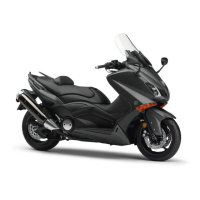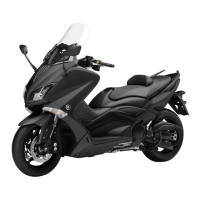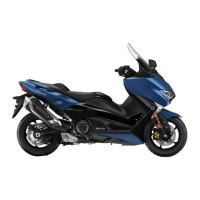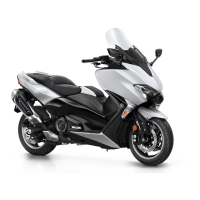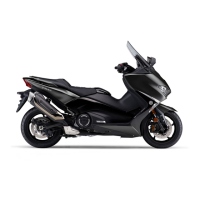9-1
SELF-DIAGNOSTIC FUNCTION
EAS20437
SELF-DIAGNOSTIC FUNCTION
EAS33142
GLOSSARY
EAS32858
OUTLINE
The control unit is equipped with a self-diagnostic function in order to ensure that the system is operat-
ing normally. If this function detects a malfunction in the system, it immediately operates the system un-
der substitute characteristics and illuminates the warning light to alert the rider that a malfunction has
occurred in the system. Once a malfunction has been detected, a DTC is stored in the memory of the
control unit.
Word Description
MIL
(Malfunction indica-
tor light)
MIL is an indicator light that comes on when a control unit determines a
malfunction.
DTC
(Diagnostic trouble
code)
DTC is a code that is saved within a control unit’s memory when the control
unit determines a malfunction.
Pending DTC
(Pending diagnostic
trouble code)
Pending DTC is a code that is saved within a control unit’s memory when
the control unit detects an abnormal condition. If the abnormal condition
continues, a malfunction may be determined.
Driving cycle
Driving cycle is the duration from the ON/start switch is pushed, OBD
requirements are met, and until the OFF/lock switch is pushed.
FFD
(Freeze frame data)
FFD is the data of all signal sensors saved at the moment a malfunction is
determined.
Current malfunction A DTC for an unrecovered, current malfunction.
Recovered malfunc-
tion
A DTC for a previously determined but now recovered malfunction.
Pending abnormality
Abnormal condition that is detected but not yet determined to be a malfunc-
tion.
Threshold
Threshold is a point set to detect if the output from sensors are abnormal or
not.
OBD
(On-board diagnos-
tics)
Self-diagnostic system is equipped in a control unit for the emission control
system.
GST
(Generic scan tool)
Generic diagnostic tool that complies with OBD standards.
YDT
(Yamaha diagnostic
tool)
Diagnostic tool developed especially for Yamaha vehicles.
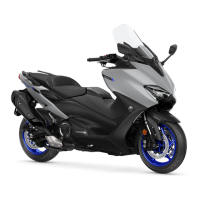
